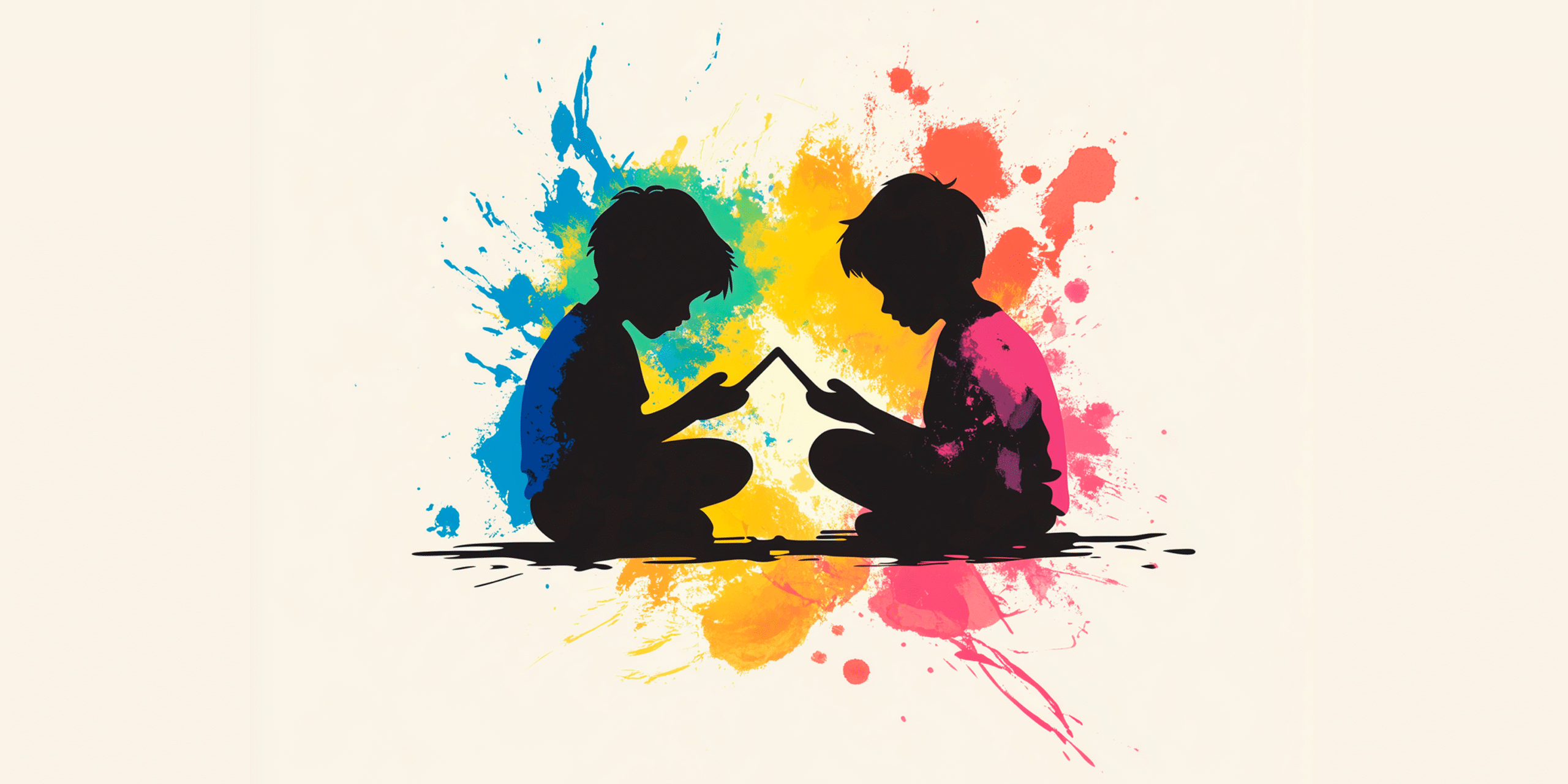Last Updated on October 1, 2025 by Lisa Whaley
Introduction: What is AAC Awareness Month?
Every October, people across the world unite to celebrate AAC Awareness Month. AAC stands for Augmentative and Alternative Communication, and it refers to the many ways people communicate beyond spoken words, whether through symbol boards, sign language, apps, or speech-generating devices.
AAC Awareness Month isn’t just about devices and technology. It’s about shining a light on the right of every individual to express themselves. For people with speech or language impairments, AAC is more than a tool, it’s their voice. October serves as a reminder that communication is a human right, and our communities are stronger when every voice is heard.
The Importance of Communication Access
Imagine living in a world where you have thoughts, ideas, jokes, and opinions, but you cannot express them easily. That’s the reality for millions of people with speech or language impairments. According to the World Health Organization, over 1 billion people live with some form of disability, and a significant number require communication support.
AAC bridges that gap. It empowers individuals to speak up in classrooms, advocate for themselves in hospitals, engage socially, and participate fully in their communities. Without AAC, many voices remain unheard, and inclusion remains incomplete.
AAC Awareness Month reminds us that communication isn’t optional, it’s essential.
History & Origins of AAC Awareness Month
AAC Awareness Month began as a global initiative to advocate for communication accessibility. The International Society for Augmentative and Alternative Communication (ISAAC) has been a leading force in promoting awareness, training, and advocacy since the 1980s.
October was chosen to align with other global disability awareness initiatives, creating a strong platform for advocacy. Over the years, AAC Awareness Month has grown into a worldwide movement, embraced by schools, hospitals, speech-language pathologists, and disability advocates.
The purpose remains simple yet powerful: to create a world where everyone, regardless of how they communicate, has equal access to connection, education, and participation.
What AAC Really Means: Tools & Strategies
AAC is not a single tool, it’s an entire spectrum of communication strategies. It includes:
-
No-Tech AAC: Gestures, facial expressions, body language, sign language.
-
Low-Tech AAC: Communication boards, picture cards, symbol books.
-
High-Tech AAC: Speech-generating devices, specialized software, communication apps like Proloquo2Go or TouchChat.
AAC is highly individualized. A child with cerebral palsy may rely on a high-tech tablet, while an adult recovering from a stroke might benefit from a simple letter board. The flexibility of AAC makes it accessible across ages, languages, and cultures.
Busting Common Myths About AAC
Despite decades of research, myths about AAC still circulate. Let’s set the record straight:
-
Myth 1: AAC stops people from learning to talk.
Research consistently shows the opposite. AAC often encourages speech by reducing frustration and supporting language development. -
Myth 2: Only nonverbal people need AAC.
Many people who can speak still use AAC when tired, stressed, or in environments where speech is not effective. -
Myth 3: AAC is only for children.
Adults with conditions like ALS, stroke, or traumatic brain injury also rely on AAC to maintain independence and connection.
Breaking these myths is central to AAC Awareness Month. Accurate understanding fosters greater acceptance, funding, and support for AAC users.
How AAC Changes Lives: Real Impact
AAC is not just about words, it’s about dignity. Consider these examples:
-
A 7-year-old with autism uses a tablet-based AAC app to tell her mom she loves her for the first time.
-
An adult with ALS uses a speech-generating device to continue giving lectures long after losing his natural voice.
-
A teenager with cerebral palsy finds friendship in a group chat where his communication device allows him to share jokes.
Each story illustrates how AAC opens doors to education, employment, relationships, and independence. Communication isn’t just about exchanging information, it’s about connecting as human beings.
How to Celebrate and Support AAC Awareness Month
Celebrating AAC Awareness Month doesn’t require grand gestures, small actions can make a big difference. Here are ways different groups can participate:
Schools
-
Host inclusive assemblies where AAC users demonstrate their devices.
-
Add visual supports and communication boards around classrooms.
-
Encourage students to learn about diverse communication styles.
Communities
-
Organize AAC-friendly events like storytime with symbol boards.
-
Partner with libraries to create AAC resource sections.
-
Invite AAC users to share their experiences at town halls.
Online Campaigns
-
Launch social media challenges that highlight AAC facts.
-
Share videos and blogs from AAC users.
-
Use hashtags like #AACAwarenessMonth to spread the message.
Celebrations can be as simple as sharing a fact sheet or as large as organizing a city-wide awareness walk. The goal is always the same: build understanding, reduce stigma, and celebrate communication.
Resources for Learning and Advocacy
For those looking to deepen their knowledge or provide support, several organizations offer training, resources, and advocacy opportunities:
-
ISAAC (International Society for Augmentative and Alternative Communication) – Global leader in AAC advocacy.
-
ASHA (American Speech-Language-Hearing Association) – Research and guidelines for AAC use.
-
Communication Matters (UK) – Resources for educators, families, and AAC users.
-
PrAACtical AAC – A blog dedicated to strategies and real-world applications.
These resources offer practical tools for teachers, therapists, families, and allies who want to support communication access year-round.
Frequently Asked Questions About AAC Awareness Month
Why is AAC Awareness Month in October?
October aligns with broader disability awareness initiatives, giving schools, clinicians, and communities a shared moment to educate and organize. Concentrating activity in one month helps amplify campaigns, dispel myths, and push for inclusive practices and funding that sustain support year-round.
What does AAC stand for in communication?
AAC means Augmentative and Alternative Communication. “Augmentative” supports natural speech (e.g., word boards), while “Alternative” replaces speech when it’s unreliable or impossible (e.g., text-to-speech devices). AAC spans no-tech (gestures), low-tech (symbols, PECs), and high-tech (apps, eye-gaze systems).
How can schools and organizations support AAC Awareness Month?
Host device demos, add classroom communication boards, train staff on modeling (using AAC while you speak), include AAC in IEP planning, share success stories, and invite AAC users to lead.
What activities can raise awareness in the community?
Run a “try-AAC” booth, offer inclusive storytimes with symbol supports, print public communication boards, host SLP-led workshops, share user stories on social media, and organize awareness walks or fundraising events.
What types of AAC devices exist today?
No-tech: gestures, partner-assisted scanning, alphabet boards. Low-tech: picture communication books, PODD books, PECS. High-tech: tablet apps, dedicated speech-generating devices, and eye-gaze systems.
Final Thoughts: Building a More Inclusive World
AAC Awareness Month in October is more than a campaign, it’s a call to action. It asks us to look at communication differently, to see the power of alternative voices, and to recognize the value of every human expression.
When communities embrace AAC, they embrace inclusion. They affirm that communication is not a privilege for a few but a right for all. By raising awareness, breaking myths, and supporting AAC users, we create a world where everyone, regardless of how they speak, has the chance to be heard.




















